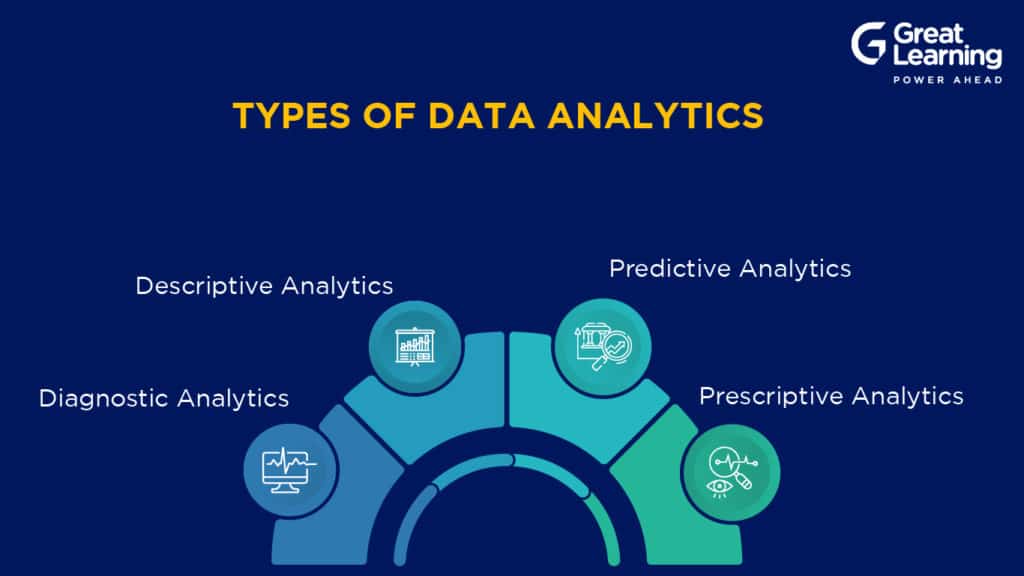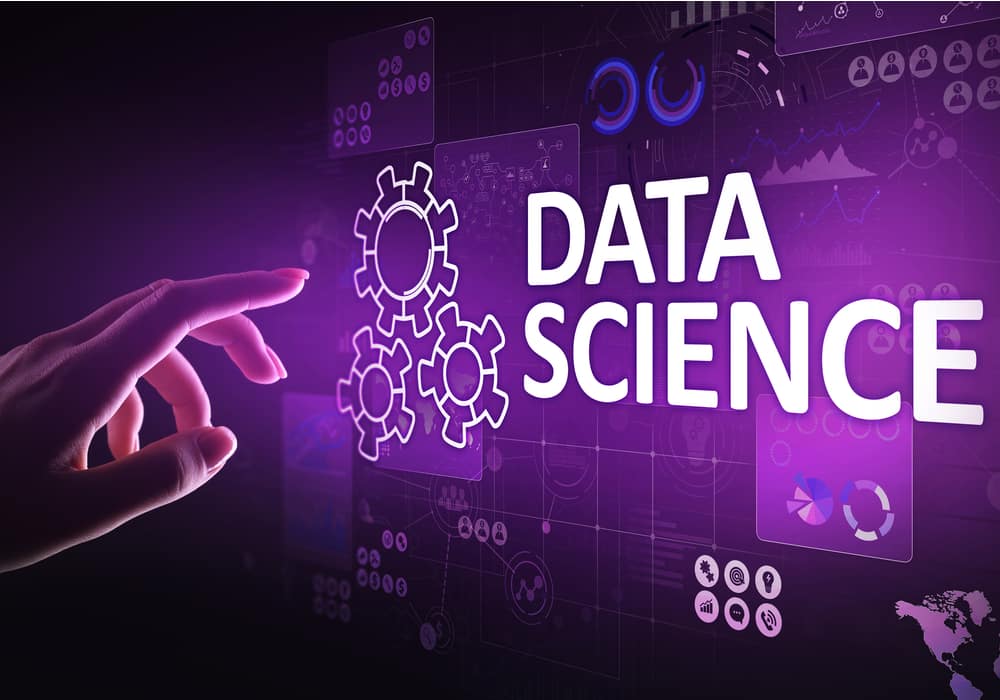- Introduction
- What is Data Analytics?
- Types of Data Analytics
- How data analytics can be used for decision-making?
- Conclusion
Data is one of the most powerful tools available for orgnisations today and is considered a gold mine today. The proper usage of data can help you make strategic and critical business decisions that will immensely improve organizational performance.
The following report suggests that – the global big data and business analytics market is expected to reach annual revenue of 274.3 billion USD by 2022.
Data-driven decision-making is the buzzword in the industry today amidst digital transformation. Every organization collects gigabytes of data and it is important to harness the same improved business efficiency.
What is Data Analytics?
Data Analytics is analyzing or examining raw data to get meaningful insights. It can be answering questions, forecasting trends, or business insights.
Various tools can be used to analyze data and create visualizations, such as – Microsoft Excel, Google Charts, Power BI, Tableau, and many more. Machine Learning and Data Science algorithms using Python and other programming languages are another way to analyze data that requires deep coding and statistical knowledge. Check out Excel for data science course.
Quick check – What is Data Science?
Types of Data Analytics
Before getting into detail and looking at how data analytics is improving decision making, let us take a look at different types of data analytics available:

- Descriptive Analytics
- Diagnostic Analytics
- Predictive Analytics
- Prescriptive Analytics
Descriptive Analytics
Descriptive Analytics is one of the most basic data analytics used to get insights from existing data and aims to answer the “what happened” questions. Few of the techniques used are summary statistics, data aggregation, data mining, and data clustering. This type of technique is mainly used by sales and marketing teams of the organisations.
Suppose you own a bakery and sell cakes and pastries by taking online bookings. You want to know what kind of pastries/cakes would sell this new year so that you can keep ingredients ready accordingly. You can take the historical data of the previous year and get information on what was sold the most. This gives you an overview of the sales and performance of your business.
Diagnostic Analytics
Diagnostic Analytics aims to answer “why it happened” questions. It gives us an insight into cause and effects, which gives us a broader perspective after the descriptive analysis. With the help of diagnostic analysis, you can identify the different factors and patterns and interlink them to draw conclusions. Usage of techniques like regression analysis, probability, sensitivity analysis, etc., are significant here.
Social media marketers can use this type of analysis to compare different ad campaigns, and this will help them understand why one campaign performs better than the other.
Quick Check – Career Path for Data Science Professionals
Predictive Analytics
Predictive analytics aims to answer “what will happen” questions that help us prepare for the future. This involves understanding historical data to identify what is going to reoccur. Various machine learning techniques such as regression, decision tree, and Bayesian analysis are used here. Learn more about decision tree in machine learning python with us.
This type of analysis can be used to target customer-specific needs. Suppose a telecom company wants to offer coupons related to sports merchandise to their customers interested in sports. They can predict this by checking who has visited a sports stadium to watch a sports match or any other activity related to sports. Very good quality of data is required for the success of this method.
Prescriptive Analytics
Prescriptive analytics aims to answer “what should be done” questions. Prescriptive analytics is dependent on predictive analytics and gives recommendations for actions basis outcomes. This provides an action plan to decision-makers and relies on machine learning strategies or techniques that can help find patterns in large datasets.
Quick read – Top Job Roles in the World of Data Science for 2022
How data analytics can be used for decision-making?
Now, let us take a look at how data analytics can improve decision making:
1. Understanding Customer Behaviour
From Google Analytics to CRM’s sales datasets, data can help us identify patterns. Behavioral patterns are very important and can help us make informed business decisions. Research says that data can help us improve sales immensely. Here is how:
– Customer segmentation and sales forecasting
Many platforms such as Google Analytics and Adobe Analytics provide vital functionalities such as age, location, source, etc., allowing data analytics to improve decision-making. Customer segmentation goes a long way as the data can personalize marketing efforts and improve sales funnels.
– Customer Experience
The customer experience is the heart of every business and is equally valuable as customer segmentation. It directly improves customer satisfaction and drives sales. Improving customer experience with the help of data analytics also fosters brand presence and helps in customer retention.
Check out this Google Analytics Course to understand how it works.
2. Data-Driven Performance
Data helps us improve the performance of teams and businesses/organisations.
– Impact on Workflow
Data gives us regular insights on an organization and its employees’ daily, weekly, and monthly basis. This can enable us to optimize workflow and streamline processes. We can also get data regarding the performance of employees, and team managers can use this to improve efficiency by reducing redundant or unimportant activities. Overall, this helps both employees and organizations to achieve tangible results.
– Pricing
The data analytics team can help us with points on pricing by evaluating historical data of sales and even analyzing the data of our competitors to give us ideal pricing points to increase the performance. We can gauge cost-effectiveness and deduce ROI(return on investment).
3. Risk Mitigation
This is one of the most important and strategic help that data analytics provides. By getting insights on critical aspects/factors like – pricing, sales forecasts, behavioral customer points, lead generation, and many more, we can improve decision making to mitigate risks. Analyzing data right away is important to mitigate risks and make safer choices across the board.
Check out these free big data analytics courses to upskill in the field of big data analytics.
Conclusion
Today, data analytics help us with actionable insights that help us make crucial decisions and drive performance. With plenty of data-driven insights, from sales forecasts to customer behavior patterns, data analytics help businesses thrive. Enroll in data analytics in finance course to further your learning of how analytics is being implemented in Finance.










